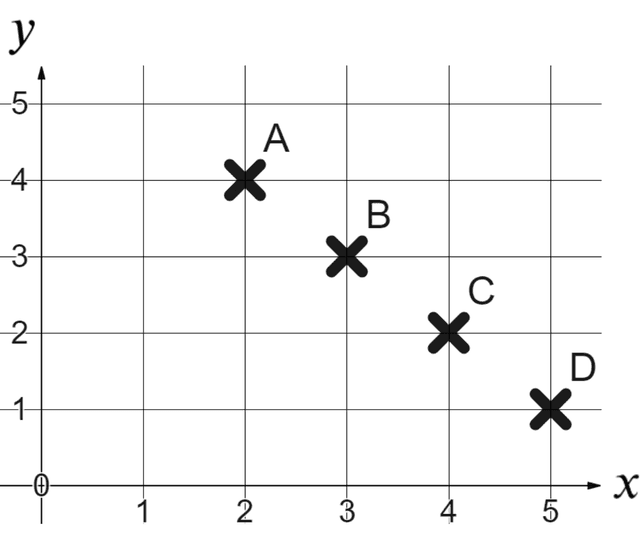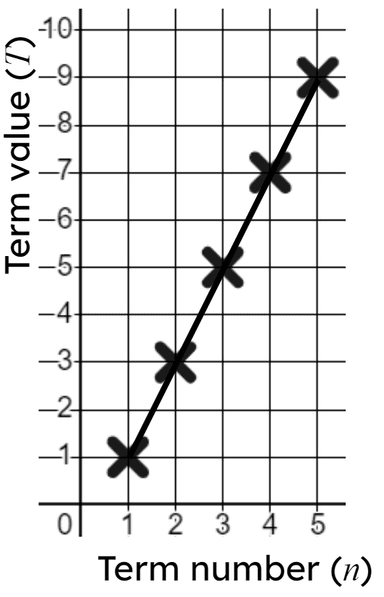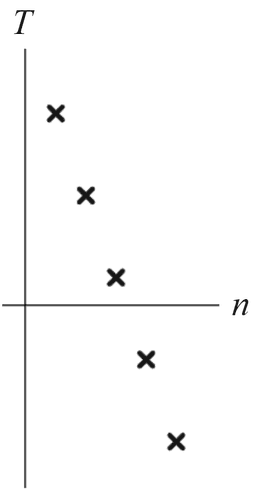Myths about teaching can hold you back
Learn why
New
New
Lesson 2 of 15
- Year 8
Checking and securing understanding of plotting coordinates generated from a rule
I can represent, algebraically and graphically, a set of coordinates constructed according to a mathematical rule.
Lesson 2 of 15
New
New
- Year 8
Checking and securing understanding of plotting coordinates generated from a rule
I can represent, algebraically and graphically, a set of coordinates constructed according to a mathematical rule.
These resources were made for remote use during the pandemic, not classroom teaching.
Switch to our new teaching resources now - designed by teachers and leading subject experts, and tested in classrooms.
Lesson details
Assessment exit quiz
Download quiz pdf










